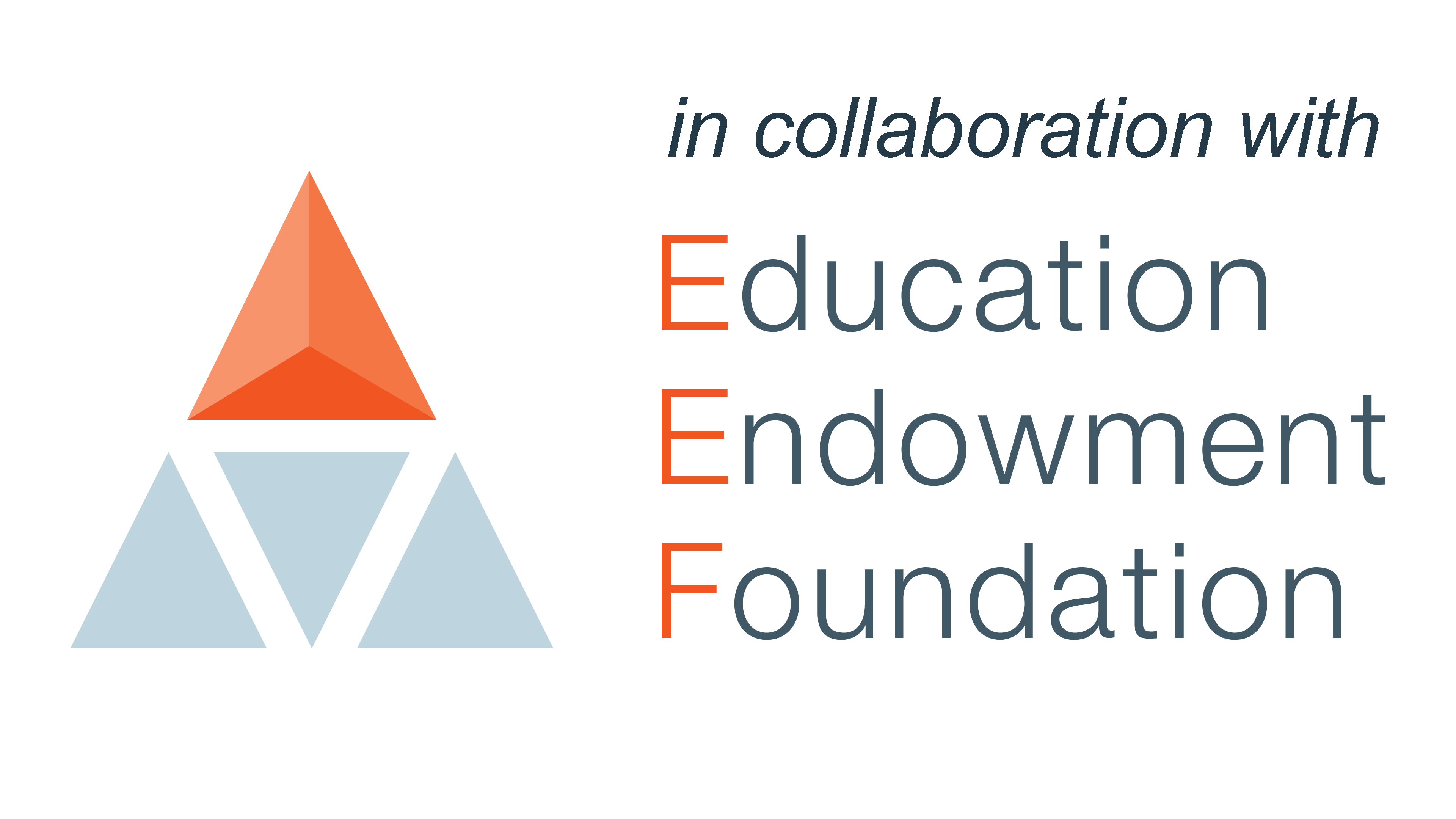The EEF view: what does the research say?
Metacognition is fast becoming one of the most popular teaching and learning approaches in English schools. In our Teaching and Learning Toolkit, it’s rated as “high impact for very low cost”, with a range of evidence telling us that developing these skills in our pupils can lead to learning gains.
Encouragingly, the research also suggests that disadvantaged pupils can benefit most from effective metacognition teaching. Clearly, it’s worth spending time looking at how to do this well.
However, beyond a simple definition of “learning to learn”, it can be hard to pin down what effective metacognition teaching looks like in the classroom. To have the desired impact on pupil progress, it’s crucial that teachers and school leaders are guided by pointers from the research base when deciding how to implement this approach in their setting.
Metacognitive methods require pupils to take on more independence for their learning, which can’t happen without appropriate scaffolding support. Immediately handing over independence to pupils - expecting them to know instinctively how to approach a task metacognitively - is unlikely to have the desired impact.
Instead, teachers need to explicitly teach strategies to help pupils plan, monitor and evaluate specific aspects of their learning. This can be particularly effective when applied to challenging, curriculum-related tasks.
Teachers can also help by modelling their own thought processes, alongside promoting and developing metacognitive talk related to lesson objectives.
With explicit teaching and specific feedback, all pupils are more likely to use metacognitive strategies independently and habitually, helping them to manage their own learning and overcome challenges with increased resilience in the future.





